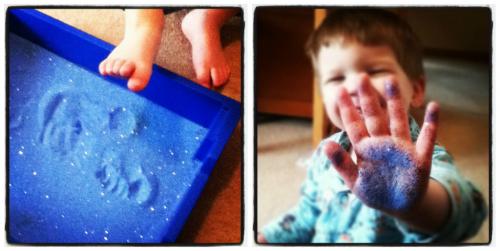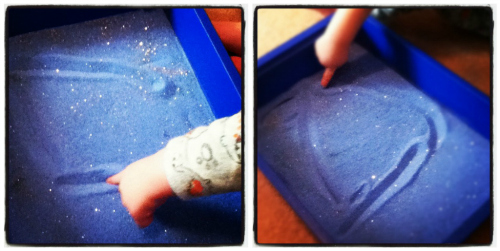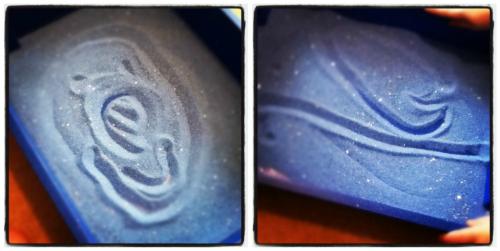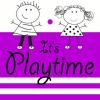I have never understood the appeal of pipecleaners. They bend and make cool shapes, but for a pre-schooler I've always thought they were a little pointless and hard work.
And then I discovered (via Pinterest) a few activities which suggest that they can be used as a tool in threading and beading exercises.
I set out a tray of materials for The Boy as an invitation to explore and play.
We used:
- metallic coloured pipe cleaners
- buttons of various sizes
- maxi Hama beads
- a metal sieve
- silver confetti strands
The pipecleaners are much easier to use for threading than a shoelace as they stay rigid and don't flop over while trying to fit the beads onto the end. This also makes them easier to shape when creating a design. One more bonus is that the metallic fibres covering the wire enable beads to stay in place and not slip down to the end.
We started by poking the wire end into the sieve and bending it over 'inside' to prevent it from being pulled out. Then The Boy was keen to have a mismatch of buttons and Hama beads on the pipecleaners, alternating and contrasting the design. Buttons that have multiple holes are really useful to thread two pipecleaners through. To ensure the buttons and beads didn't fall off, we tucked the loose end back into the sieve and bent the end over again.
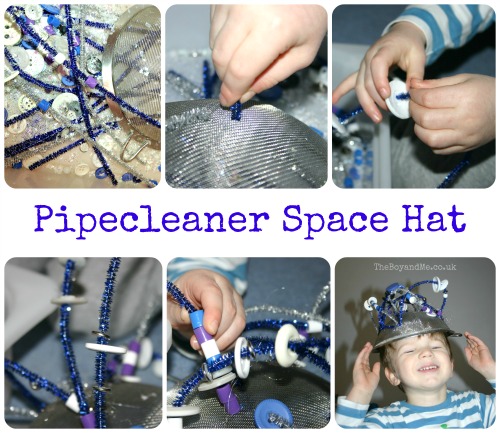
Threading is an excellent activity for pre-school children as it helps to develop fine motor skills, hand to eye co-ordination and the pincer grip; all of which are needed to develop pre-writing skills. Pipecleaners are a very useful tool for threading because of their rigidity.
And it's great fun too!
